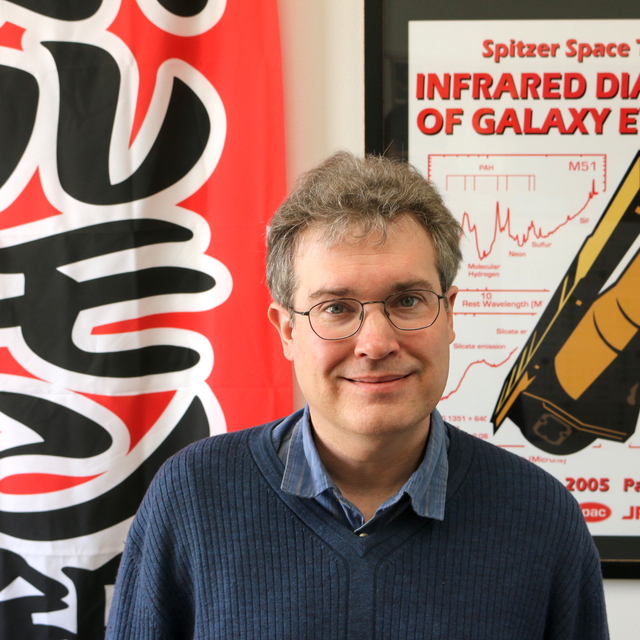July
2020
•
2020ApJS..249...12B
Authors
•
Baronchelli, I.
•
Scarlata, C. M.
•
Rodighiero, G.
•
Rodríguez-Muñoz, L.
•
Bonato, M.
•
Bagley, M.
•
Henry, A.
•
Rafelski, M.
•
Malkan, M.
•
Colbert, J.
•
Dai, Y. S.
•
Dickinson, H.
•
Mancini, C.
•
Mehta, V.
•
Morselli, L.
•
Teplitz, H. I.
Abstract
•
Future surveys focusing on understanding the nature of dark energy (e.g., Euclid and WFIRST) will cover large fractions of the extragalactic sky in near-IR slitless spectroscopy. These surveys will detect a large number of galaxies that will have only one emission line in the covered spectral range. In order to maximize the scientific return of these missions, it is imperative that single emission lines are correctly identified. Using a supervised machine-learning approach, we classified a sample of single emission lines extracted from the WFC3 IR Spectroscopic Parallel survey, one of the closest existing analogs to future slitless surveys. Our automatic software integrates a spectral energy distribution (SED)-fitting strategy with additional independent sources of information. We calibrated it and tested it on a "gold" sample of securely identified objects with multiple lines detected. The algorithm correctly classifies real emission lines with an accuracy of 82.6%, whereas the accuracy of the SED-fitting technique alone is low (∼50%) due to the limited amount of photometric data available (≤6 bands). While not specifically designed for the Euclid and WFIRST surveys, the algorithm represents an important precursor of similar algorithms to be used in these future missions.
Links




